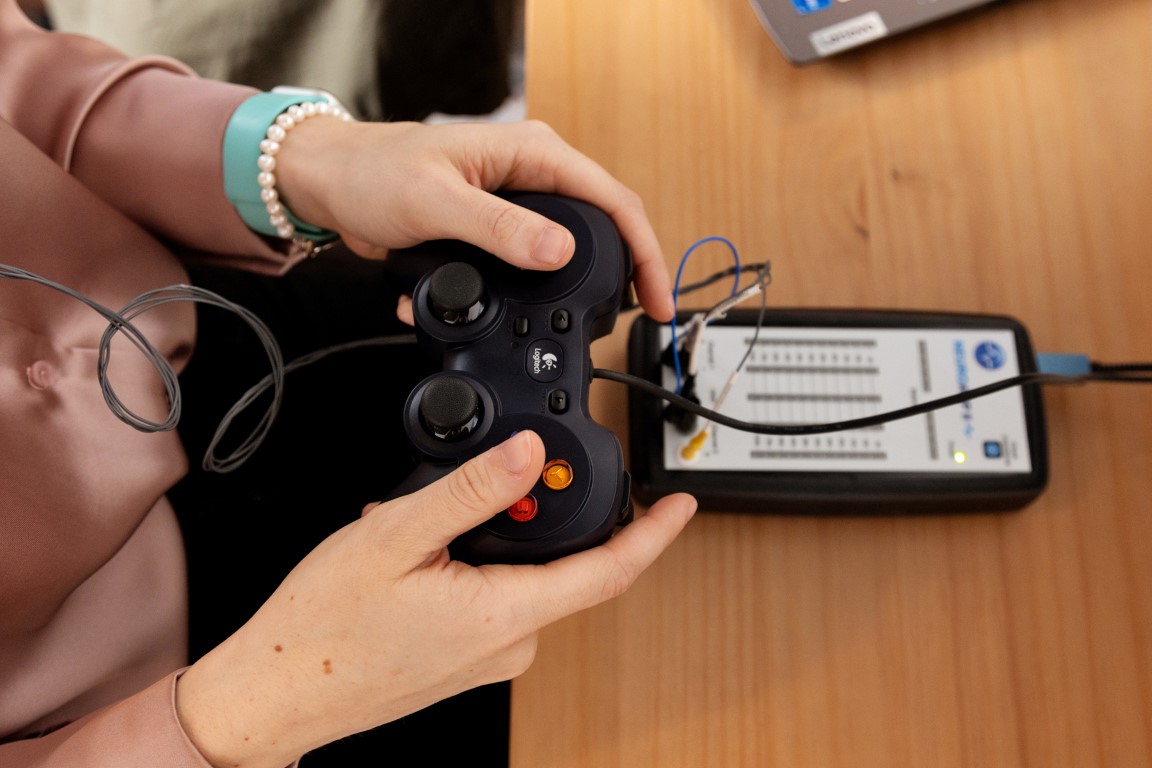Neurofeedback
What is Neurofeedback?
Blue Oaks is excited to introduce Infra-Low Frequency (ILF) Neurofeedback. While Neurofeedback has been utilized for decades, ILF represents the latest advancement in the field. Grounded in the concept of neuroplasticity—the brain’s capacity to adapt and learn—it offers a gentle, non-invasive technique employing sensors and specialized software to provide real-time feedback. This assists the brain in regulating emotional and psychological responses, promoting self-regulation.

Is Neurofeedback Effective?
ILF neurofeedback has been practiced by professionals in Germany, Switzerland, and the United States for years, demonstrating effectiveness across a spectrum of symptoms and diagnoses. These include depression, anxiety, mood dysregulation, attachment trauma, post-traumatic stress injuries (PTSD), ADHD, stress management, and enhancing sports performance.
What Does a Neurofeedback Session Entail?
An ILF neurofeedback session commences with a comprehensive assessment to understand the client’s experiences, symptoms, psychological and medical history, facilitating tailored neurofeedback protocols.
Following the assessment, small sensors measuring the brain’s electrical activity are affixed to specific scalp areas using non-toxic paste. These sensors connect to a Neuroamp box, which reads and transmits brain signals to a specialized computer program. The program delivers real-time tactile, auditory, and visual feedback to the brain. As the brain strives to optimize its responses, the auditory, tactile, and visual stimuli constantly evolve. Although this process may seem complex, it resembles watching a movie or playing a video game—commonly referred to as “brain training.” Sessions typically last 30 to 45 minutes, but each is customized to address the client’s unique concerns and requirements. ILF neurofeedback is a progressive journey requiring commitment akin to training for a race.

Integration with Psychotherapeutic Approaches
ILF Neurofeedback can serve as a standalone therapy or complement traditional psychotherapeutic methods such as cognitive-behavioral therapy (CBT), eye movement desensitization and reprocessing (EMDR) therapy, equine-assisted therapy, and deep brain reorienting (DBR) therapy.

